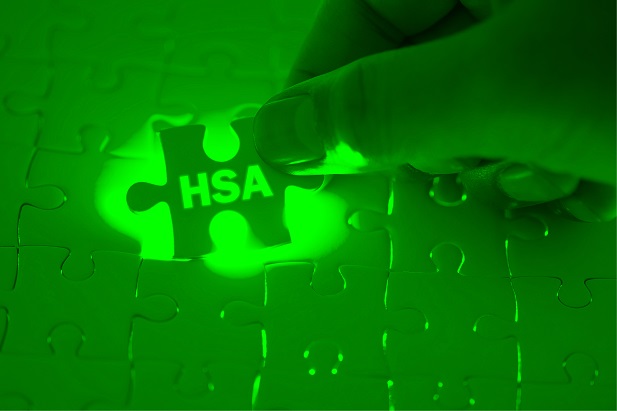
Now that open enrollment time is here, many benefits professionals are recommending health savings accounts (HSAs) to their employee base. However, some HR professionals are reluctant to embrace HSAs because of the time-consuming paperwork required to open and manage them, as well as the complex information employees may need to digest in order to make the best possible HSA decisions. Fortunately, those issues are disappearing as new technologies are making HSAs easier, faster, and less complicated than ever before.
HSAs have existed since 2004 with little innovation—but that has begun to change. New administration platforms leverage artificial intelligence (AI) to eliminate complex processes, helping offload many of the tedious, manual tasks required of HR staff. These technologies also give employees real-time information that simplifies benefits offerings, and they individualize guidance on the appropriate steps that specific employees should take based upon their healthcare and financial requirements. This helps employees optimize their benefits.
Lastly, utilizing sophisticated technologies will inevitably eliminate the need for cumbersome paperwork, immediately cutting costs for the employer. In addition, benefits and HR professionals are increasingly seeking opportunities to streamline processes and provide better service with the help of trained HSA administrators, while quality administrators help employees navigate new regulatory and tax changes that can benefit them.
Now, with forward-looking administrators applying AI and machine learning to HSA enrollment and management processes, the HSA industry is being disrupted.
Best Practices for HSA Enrollment
Whether an employer is adding an HSA-compatible health plan option for the first time or wanting to grow enrollment, helping employees understand their options and informing them of how the choice may impact them is key.
HR professionals need to:
- Ensure the information is delivered where the employees are. Communicate key information via email, or in-person via planned education sessions held over lunch or in break rooms. Make sure to get the answers employees need, both in deciding whether to enroll and to maximize the benefits of the HSA once enrolled.
- Partner with the right HSA administrator from the start. Enlightened administrators are embracing technology that can inform, educate, and guide employees and make the selection of a health plan easier. Such tools allow for the import of various aspects of the employee's situation—such as whether they have a family, are single, and are in good health. This technology can then provide information regarding the health plan options. Employees utilizing decision support tools have been shown to save more than $1,000 per year.
- Use chatbots and conversational assistants. With the help of new technologies, benefits professionals can answer employees' routine questions quickly and efficiently during the chaotic enrollment period. HR and benefits professionals should work to effectively communicate about everything from how to enroll and reimbursement to recordkeeping and tax implications.
New Tax that Could Maximize HSA Value
While HSAs are regulated by the IRS and were created by Congress, the most often-changed regulation is an annual increase in the amount of money that accountholders can contribute to their HSAs. Customer-centered HSA administrators inform their clients, and clients' employees, of these new limits each year so that employees can update their contributions.
There are two major initiatives from the federal government that may be coming. First, an initiative working its way through Congress would allow seniors to continue funding their HSAs even while on Medicare.
Second, an executive order issued by the president changes the status of some chronic illnesses that soon will be reclassified as preventative care due to the complications that often come as a result of these diseases. They include heart disease, hypertension, congestive heart failure, and diabetes. Certain medications and supplies to treat these diseases may soon be covered under an HSA-compatible health plan, up to full coverage.
There is also new legislation winding through the U.S. Congress that will allow employees to contribute to both an HSA and an FSA.
HSAs offer many important advantages to both employers and employees, so it behooves benefits professionals to embrace better ways of communicating their value to the companies they serve. Contributions to HSAs are not subject to federal income tax, and earnings in accounts grow tax-free, while unspent money in HSAs rolls over at the end of the year, making it available for future health expenses: There is no "use it or lose it" aspect to an HSA.
By offering so many financial benefits to employees, a solid and innovative HSA program can dramatically improve overall employee retention and satisfaction, resulting in a major win/win for all.
Tom Torre is CEO of Bend.
From: BenefitsPro
© 2025 ALM Global, LLC, All Rights Reserved. Request academic re-use from www.copyright.com. All other uses, submit a request to [email protected]. For more information visit Asset & Logo Licensing.




